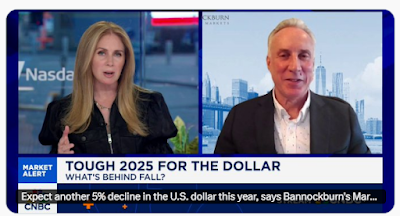- Click to enlarge
The Bank of England meets tomorrow. Although no one expects a move, it has little to do with the recent market volatility. The FTSE 100 is poised to snap a six-day 7%+ slide. The FTSE 250 fell for seven consecutive sessions through yesterday, shedding 5.75% in the process.
The UK’s 2-year yield slipped about seven basis points from last week’s close to58 bp before recovering to 63 bp today, around the middle of this week’s range. The 10-year yield fell nine basis points through yesterday to 1.48% before recovering to nearly 1.55% earlier today.
According to Bloomberg’s calculation using indications from the overnight swaps index, the market has gradually ratcheted up the likelihood of a rate hike at the May 10 BOE meeting from a little more than 31.4% at the end of last year to 39% at the end of January and 44% today. This is to say that despite three disappointing PMI readings, BRC same-store sales showing weakness in non-food purchases, and the equity volatility, the market has increased the likelihood of a rate hike.
At the same time, negotiations over the transition period for Brexit seems to have become bogged down. Frankly, the UK government seems to be so divided that it does not know when it wants. This means that concluding an agreement within a month may be a stretch. In the meantime, the hardline Brexit wing of the government seems to strengthening its hand.
Sterling appreciated from mid January. On January 11, cable traded at its 20-day moving average (~$1.3460) before rallying to $1.4345 on January 25. The economic impact of this move may not be as large as it seems. On a trade-weighted basis, sterling rose about 2.5% and has subsequently given back a little more than half. Since the BOE hiked rates last September, the TWI is essentially flat.
This is the backdrop for the comments I made earlier today on Bloomberg Television. A short clip of this Cool Video can be found here.
The second feature was a short discussion of the US yield curve. The clip can be found here. Although I am aware of its short-comings and exceptions, over time the yield curve is among the best predictors of the economy. I watch the 2-year to 10-year part curve. The bill sector can be skewed by short-run supply issues and other factors. The longer-end of the curve is less active and the spread between the 10-year and 30-year may be interesting to market niche. I was reminded of Keynes’ notion that the markets are like a beauty contest and the challenge is not to pick who one thinks is the prettiest but to pick who everyone else thinks is the prettiest.
In the big picture, I think the US economy is displaying a number of signs that indicate the business cycle is mature. The tax cuts and deregulation may give the US economy an additional goose, but I suspect that by late next year, and into early 2020, there will be clearer signs of the end of the business cycle.
Full story here Are you the author? Previous post See more for Next postTags: #GBP,#USD,Cool Video,newslettersent,Yield Curve




































